Working Process of the EMT Cavitation Jet
The Cavitation Jet EMT Pigging Pig operates at a speed of 0.4–1.2 m/s, with a pressure difference ranging from 0.6–1.2 MPa. As it moves through the pipeline, it simultaneously transports liquid while discharging 25–40% of the conveyed fluid. The cleaning efficiency of the system largely depends on several factors, including water consumption, deposit hardness, pressure difference, pipeline slope, and the distance to the discharge outlet.
The cleaning process begins when the cavitation pig is inserted into the pipeline and gradually propelled forward by water pressure and flow. As it advances, the pig’s blades begin to vibrate intensely, generating high-frequency oscillations and at the same time inducing a rapidly rotating water flow around it. Consequently, this movement creates a continuous low-pressure zone, where water remains in a vaporized state. Within this zone, countless microscopic vapor bubbles quickly form and are subsequently compressed by high-pressure water, causing them to collapse violently. As a result, this implosion generates an immense force of 800–1000 MPa, which effectively dislodges and breaks down dirt and deposits. Ultimately, this ensures thorough cleaning of the ash-discharge pipeline.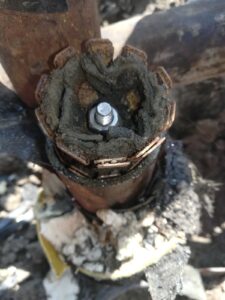
Mechanical Cleaning (Pigging) vs. Cavitation Cleaning
Mechanical Cleaning: Involves the use of pipeline inspection gauges (pigs) to physically scrape off deposits. While effective for certain types of buildup, it may struggle with complex blockages and requires frequent maintenance.
Cavitation Cleaning: Utilizes high-energy cavitation bubbles to dislodge contaminants, reaching areas that mechanical methods may miss. It offers a more thorough and even cleaning process.
Advantages of Pigging Pigs



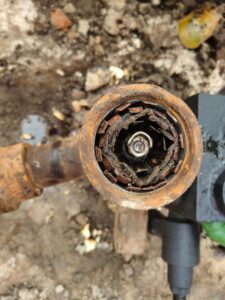
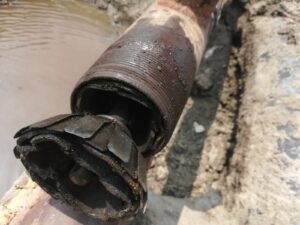

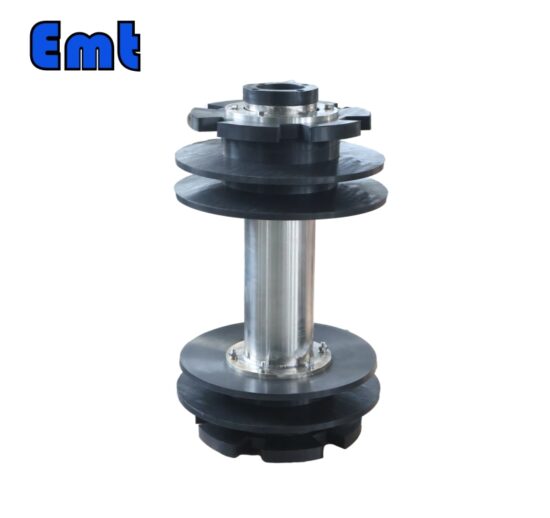
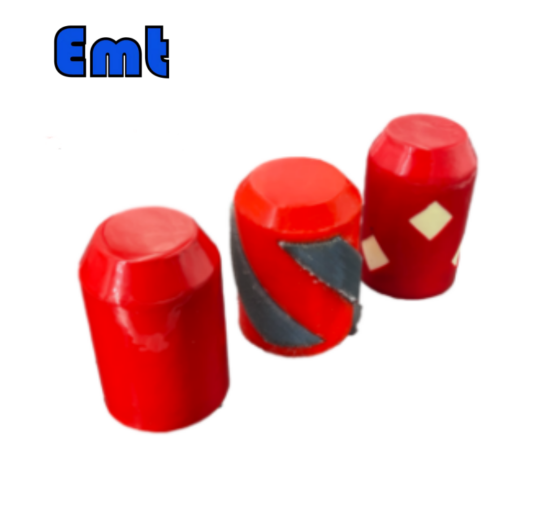
There are no reviews yet.